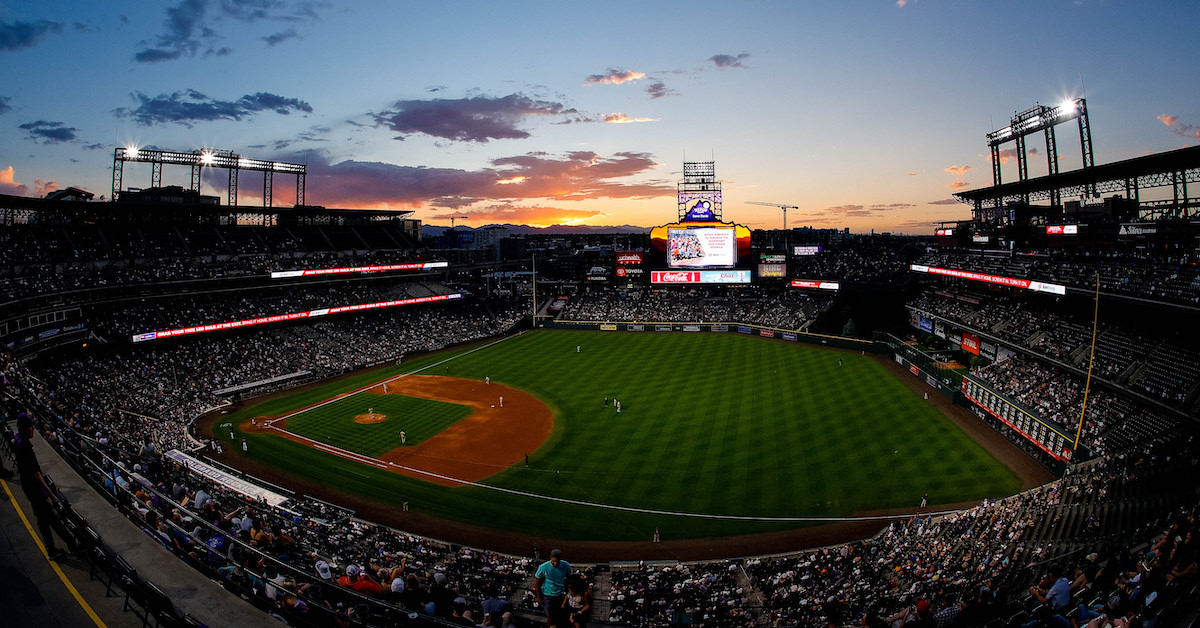Sunday Notes: Josh Barfield Recalls Grady Sizemore and Victor Martinez
Josh Barfield had a relatively short big league career. Now the farm director for the Arizona Diamondbacks, the 40-year-old son of 1980s outfielder Jesse Barfield played for the San Diego Padres in 2006, and for the Cleveland Indians from 2007-2009. I asked the erstwhile infielder whom he considers the most talented of his former teammates.
“I think I’d have to say Grady Sizemore,” replied Barfield. “He was ridiculously talented. He could do just about everything on the field. Probably the best player overall — the best career — was Mike Piazza, but for pure talent it would be Grady.”
Sizemore debuted with Cleveland and accumulated 27.3 WAR — — only Albert Pujols, Chase Utley, and Alex Rodriguez had more — from 2005-2008 in his age 22-25 seasons. He made three All-Star teams, won two Gold Gloves, and logged a 129 wRC+ with 107 home runs and 115 stolen bases over that four-year-stretch. A string of injuries followed, torpedoing what might have been a brilliant career. When all was said and done, Sizemore had just 29.7 WAR.
Other former teammates who stand out for Barfield were Adrian Gonzalez, Mike Cameron, and Victor Martinez, the last of whom he called the most gifted hitter of the group. Read the rest of this entry »






